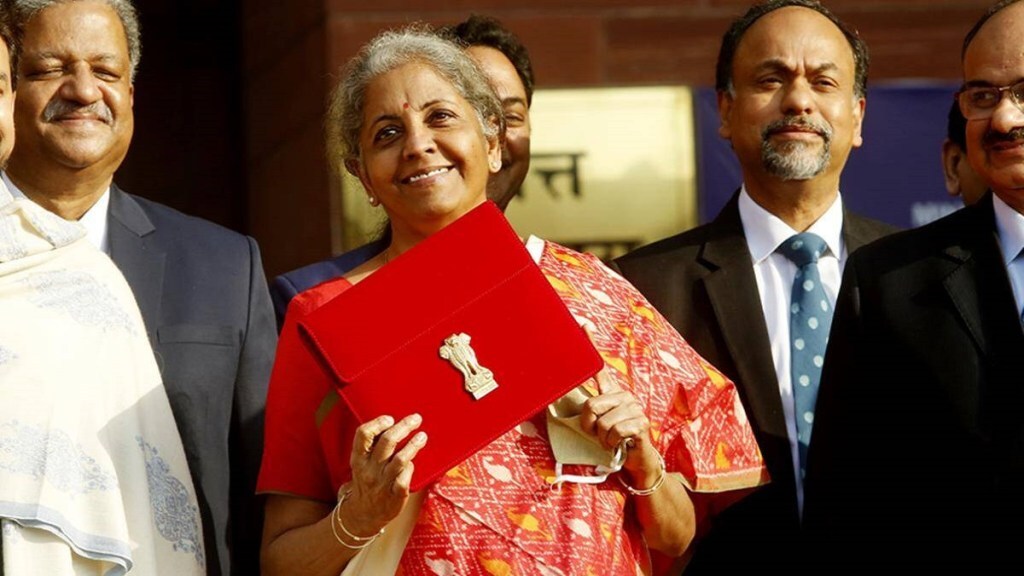Finance Minister Nirmala Sitharaman made some key announcements for the automobile industry, but the government has taken a cautious approach in general. With the announcement of the new battery swapping policy, the government is focused on creating an environment-friendly public transportation service. The Finance Minister explained that this will encourage the private companies to invest and work with state government authorities. According to the government, this will answer the last-mile connectivity issue for both people carriers and commercial vehicles. Developing new mobility zones will make the electric vehicle ecosystem more efficient. The policy will lead to a faster rollout time for EVs as there will be no wastage in time due to charging. Therefore, the depleted batteries will be swapped with charged ones.
As expected, this announcement received applause from the EV sector players. Sulajja Firodia Motwani, Founder and CEO, Kinetic Green, said, “The Budget 2022 announced by Hon’ble Finance Minister today is positive for the Electric Vehicle sector, which re-inforced Indian Government’s commitment to accelerating EV and green mobility eco-system in India. The Finance Minister also emphasized that the private sector will be encouraged to develop sustainable and innovative models for battery and energy as a service which will increase efficiency in the EV ecosystem. I am confident that this move will encourage manufacturers to enhance investments in this sector. “
Mr Sohinder Gill, Director General, Society of Manufacturers of Electric Vehicles (SMEV) said, “We welcome the measures announced by the honourable Finance Minister, today. The budget for 2022–23 gives a huge impetus to the electric vehicle (EV) industry. Introducing the battery swapping policy and recognizing battery or energy as a service will help to develop EV infrastructure and increase the use of EVs in public transportation. It would motivate businesses engaged in delivery and ride aggregation businesses to incorporate EVs into their fleet. It will create new avenues for companies to venture into the business of battery swapping. Additionally, creating special clean zones will further accelerate the adoption of EVs and spread awareness amongst the citizens. The move will benefit the whole segment, i.e E2W, E3W, E-cars, and buses.”
The battery swapping policy is no doubt much needed, but it will be limited to public transportation and the commercial vehicle space, while the rest of the sector like personal EVs will remain unaffected. The automobile industry was hoping for the second edition of faster adoption and manufacturing of hybrid and electric vehicles scheme (FAME II) to be extended beyond March 31, 2024, along with an announcement for new incentives like tax rebates and cut on duties that would have helped in the adoption of EVs, but the government didn’t mention anything on that.
One of the major concerns of the auto industry’s been the rising costs of raw materials and the manufacturers were hoping for a restructure in GST to keep a check on price disparity. This too wasn’t addressed and with some auto components in the 28% slab while others in the 18% bracket, the cost of personal vehicles, both two-wheelers and four-wheelers, is expected to increase. But there is some good news for the component players as the government has decided to open up defence R&D for private companies. This will be a new revenue opportunity, but it is expected to be limited to the big component suppliers.
The Finance Minister further announced that the country’s National Highways would be expanded by 25,000 km in 2022-23 under the Prime Minister’s Gati Shakti Plan. An allocation of Rs 20,000 crore for infrastructure projects give the commercial vehicle sector a much-needed boost as it was severely affected due to the pandemic.
